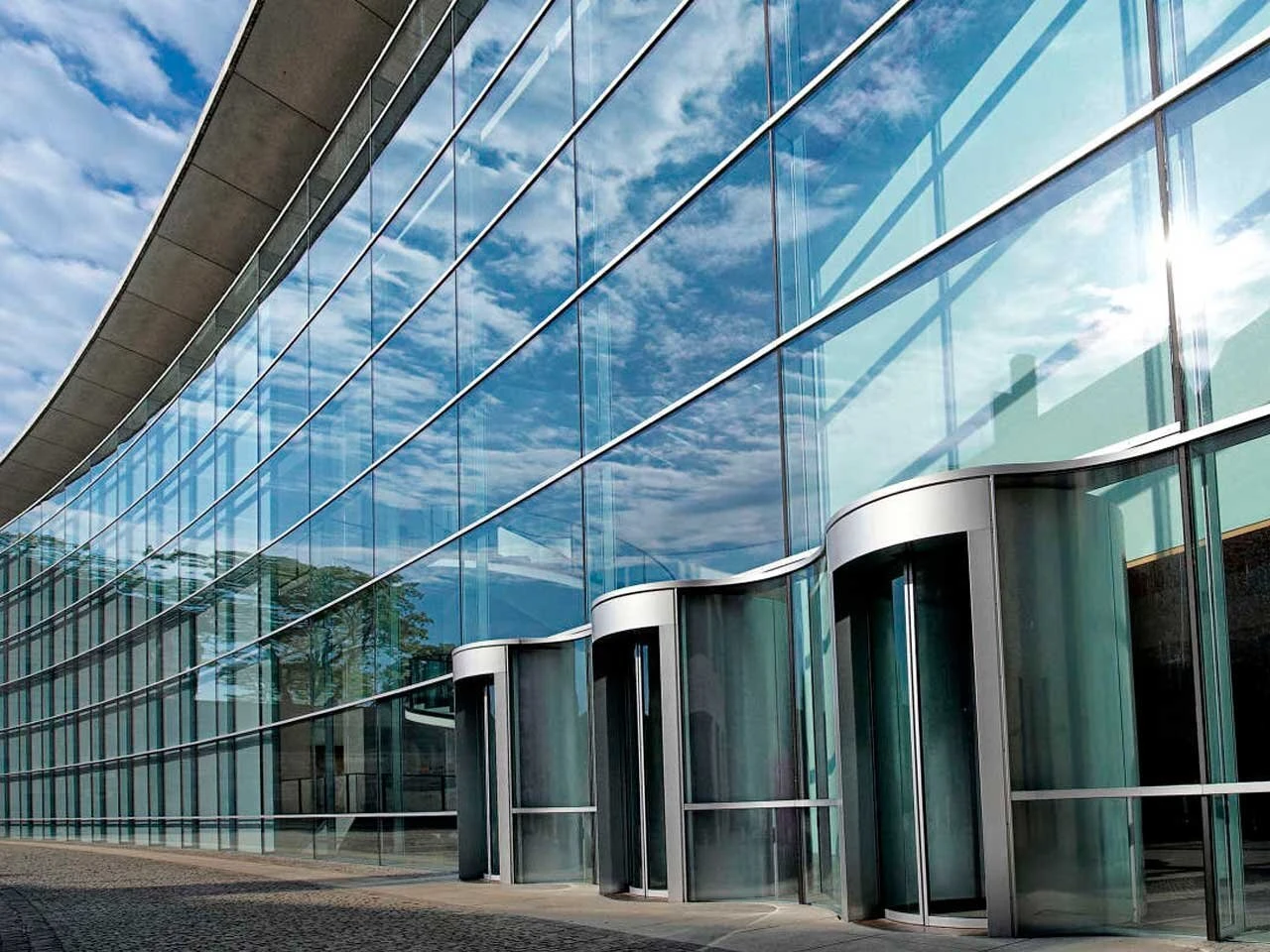

Understanding the Costs of Low-E Replacement Glass
Low-emissivity (Low-E) glass is an innovative material that has revolutionized energy efficiency in modern windows. This type of glass is coated with a thin layer of metallic oxide, which reflects infrared light while allowing visible light to pass through. The result is a window that enhances insulation, reduces energy consumption, and maintains a more comfortable indoor environment. As homeowners consider replacing their windows, understanding the costs associated with Low-E replacement glass becomes a significant factor in their decision-making process.
Initial Costs
When it comes to the initial costs of Low-E replacement glass, several factors influence the price. These factors include the size and type of window, the specific Low-E coating chosen, and any additional features such as tinting or double-paned options. On average, homeowners can expect to pay anywhere from $100 to $300 per square foot for Low-E glass. This price includes both the glass itself and the installation needed for a complete window replacement.
Energy Savings
While the upfront investment in Low-E glass may be higher than traditional glass options, it is essential to consider the long-term savings. Low-E glass significantly reduces heat loss in the winter and minimizes heat gain during the summer months. This energy efficiency leads to lower utility bills, which can offset the initial investment over time.
According to the U.S. Department of Energy, homeowners can save up to 25% on their annual heating and cooling costs by installing Low-E windows. This translates into considerable savings, especially in regions with extreme temperatures. As a result, many homeowners find that Low-E glass pays for itself after a few years of energy savings, making it a wise investment for the long term.
Incentives and Rebates

In addition to energy savings, homeowners should also consider potential incentives and rebates available for upgrading to energy-efficient windows. Many states and local governments offer tax credits, rebates, or other incentives for installing energy-efficient products, including Low-E glass. These programs can help reduce the overall cost of replacement, further enhancing the financial viability of upgrading to Low-E options.
Homeowners interested in these incentives should check with their local utility companies or government resources to find out what programs are available in their area. Taking advantage of these financial incentives can make the transition to energy-efficient windows much more affordable.
Quality and Durability
Investing in quality Low-E replacement glass is paramount. While cheaper alternatives may be tempting, they often lack the durability and performance characteristics that higher-quality Low-E glass provides. Quality Low-E glass is designed to withstand the elements and maintain its insulating properties over time. Opting for reputable manufacturers ensures that homeowners receive a product that offers long-lasting performance and energy savings.
In addition to performance, the aesthetics of Low-E glass should not be overlooked. Homeowners can choose from various styles, coatings, and finishes to match their home’s architecture and personal preferences. This versatility allows for customization without sacrificing energy efficiency.
Conclusion
Ultimately, the decision to replace windows with Low-E glass involves careful consideration of costs, benefits, and long-term savings. The initial investment may be higher than traditional glass options, but the energy savings, potential incentives, and enhanced comfort make Low-E replacement glass an attractive option for many homeowners. Investing in quality Low-E glass not only improves home energy efficiency but also contributes to a more sustainable environment.
In summary, while the cost of Low-E replacement glass can vary significantly based on several factors, the long-term benefits far outweigh the initial expenses. Homeowners should carefully evaluate their options, consider potential savings, and consult with professionals to ensure they make the best choices for their homes. This strategic approach not only provides immediate advantages but also contributes to overall energy efficiency and comfort for years to come.